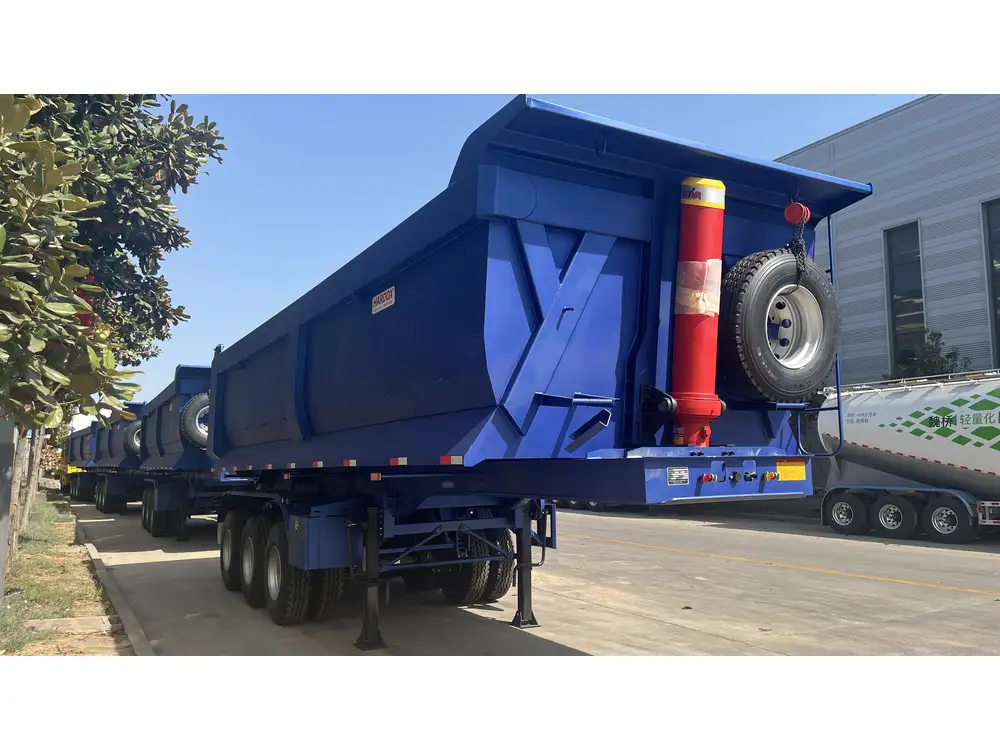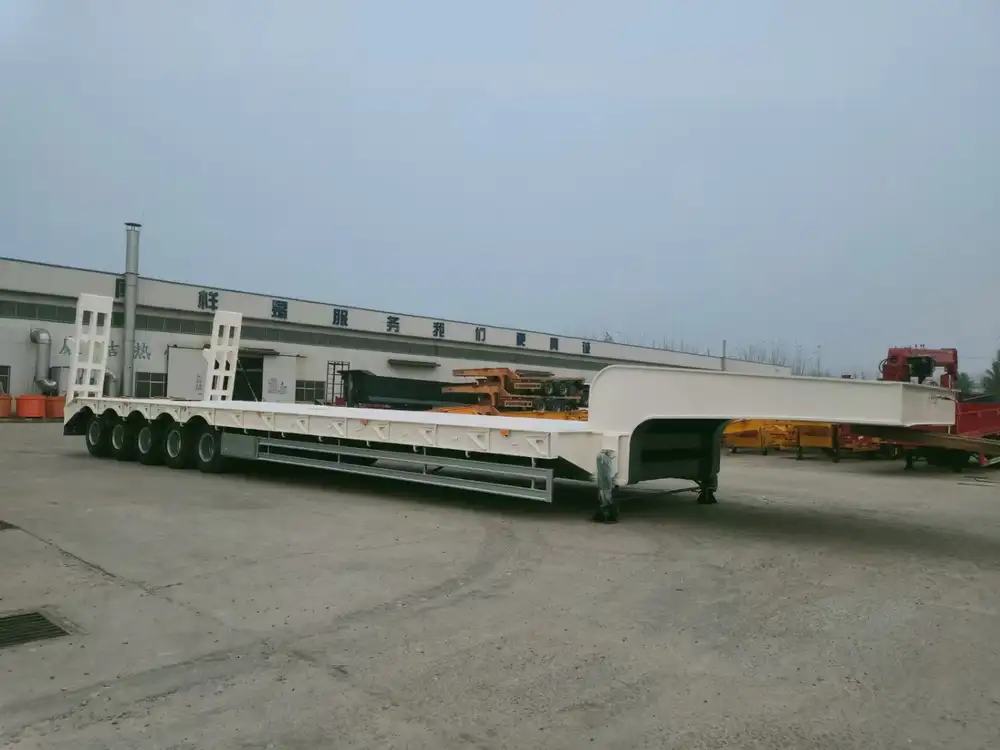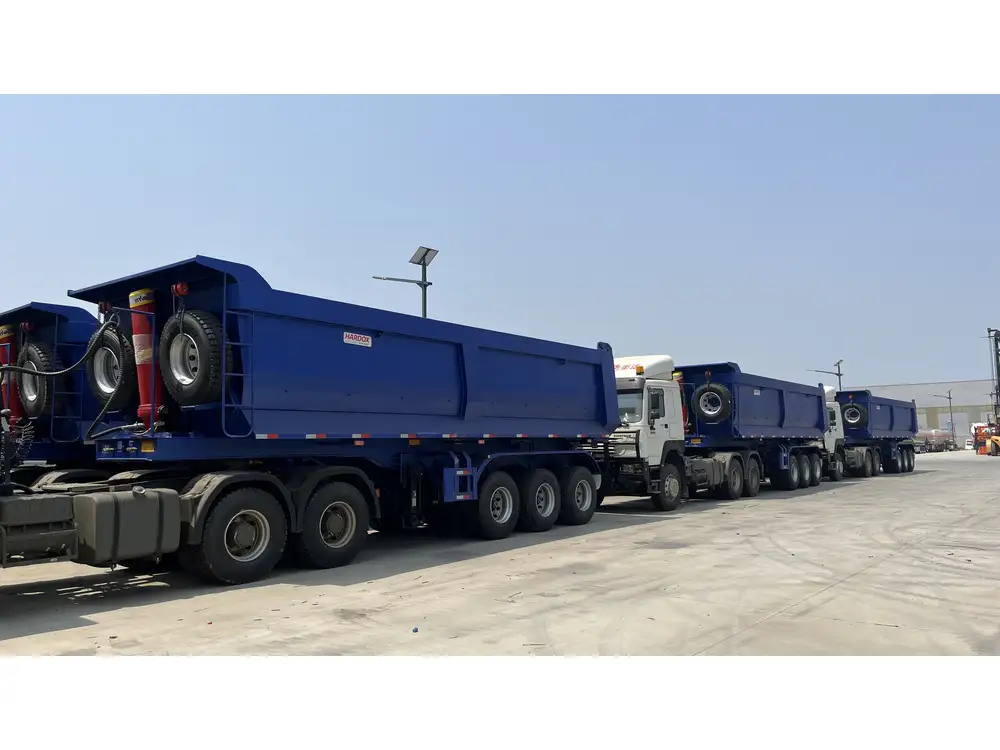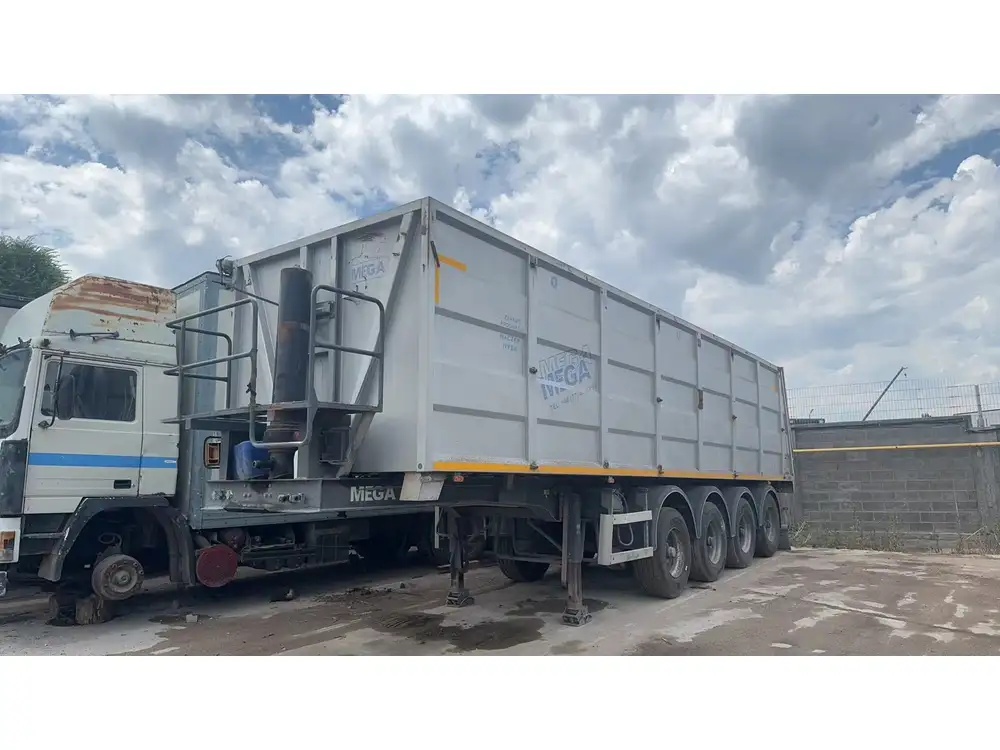The importance of selecting the right lubricant for semi-trailer hubs cannot be overstated. Choosing the correct oil enhances functionality, prolongs the lifespan of the drivetrain, and guarantees safety on the road. In this comprehensive guide, we will delve into the types of oils suitable for semi-trailer hubs, the factors affecting oil choice, maintenance tips, and how to conduct an oil change effectively.
Understanding Semi-Trailer Hub Functions
Semi-trailer hubs, often overlooked components in a trucking fleet, play a critical role. They support the weight of the trailer while accommodating the wheel assembly, facilitating smooth rotation. The hub’s integrity relies heavily on the lubrication within, which minimizes friction and prevents overheating.
Weight Distribution: Properly functioning hubs help distribute the weight of the load evenly, which is vital for balance and stability during transport.
Heat Dissipation: Efficient lubrication reduces heat buildup, which can lead to premature hub failure.
Moisture Prevention: The right lubricant can act as a barrier against moisture ingress, which is crucial for preventing corrosion and rust.
Key Functions of Semi-Trailer Hubs
- Facilitating Wheel Rotation: Hubs allow for smooth movement.
- Providing Structural Support: They help in holding the weight of both the trailer and the cargo.
- Ensuring Safety: Proper lubrication reduces wear and tear and prevents sudden breakdowns.

Types of Oils Suitable for Semi-Trailer Hubs
When it comes to oils, various formulations exist, each designed to meet specific operational demands. The selection of oil must take into account several factors, including the intended use, environmental conditions, and manufacturer recommendations.
1. Mineral Oil
Mineral oils are derived from crude oil and are the most commonly used lubricants for semi-trailer hubs. They possess excellent lubricating properties and are readily available.
Advantages:
- Cost-Effective: Generally more affordable than synthetic alternatives.
- Compatibility: Well-suited for a wide range of applications.

Drawbacks:
- Degradation: Prone to breakdown under high temperatures.
- Inconsistency: Quality can vary based on refining processes.
2. Synthetic Oil
Synthetic oils are chemically engineered for superior performance under extreme conditions. They are often recommended for high-load applications.
Advantages:
- High Thermal Stability: Maintains viscosity over a wider temperature range.
- Improved Performance: Reduces wear and enhances the lifespan of components.

Drawbacks:
- Cost: Significantly more expensive than mineral oils.
- Compatibility Issues: May require complete flushing of systems before use.
3. Semi-Synthetic Oil
A blend of both mineral and synthetic oils, semi-synthetic products offer a balanced solution for many operations.
Advantages:
- Best of Both Worlds: Combines cost-effectiveness with enhanced performance.
- Versatility: Suitable for a variety of operating conditions.

Drawbacks:
- Less Performance Than Full-Synthetic: While improved over mineral oil, it still doesn’t match the highest-performing synthetic products.
Factors Influencing Oil Selection
Choosing the right oil for semi-trailer hubs is pivotal, and a few key factors should be considered.
1. Temperature Range
Trailers operating in various climates require different oils. Extreme heat may call for synthetic formulations, while moderate climates may suffice with mineral oils.

2. Load Conditions
Consider the typical loads being transported. Heavier loads generate more friction and require oils engineered for stress.
3. Manufacturer Specifications
Always adhere to the original equipment manufacturer (OEM) recommendations for oil types and specifications. This ensures that warranty conditions are met, and optimal performance is maintained.
4. Operating Environment
Trailers that operate in wet or muddy conditions will benefit from oils with added moisture barriers to prevent rust and corrosion.

Recommended Oil Types by Application
Here’s a detailed table that summarizes the recommended oil types based on various application scenarios:
| Application Type | Recommended Oil Type | Viscosity Rating | Additional Notes |
|---|---|---|---|
| Standard Freight | Mineral Oil | 85W-140 | Economical choice for regular use |
| Heavy Loaded Transport | Synthetic Oil | 75W-90 | Superior performance under heavy loads |
| Extreme Weather Conditions | Full Synthetic Oil | 0W-40 | Enhanced stability in temperature extremes |
| General Use | Semi-Synthetic Oil | 80W-90 | Balanced performance at a fair price |
Maintenance Tips for Semi-Trailer Hubs
Proper maintenance of semi-trailer hubs will ultimately save costs and enhance safety. Here are essential practices:
1. Regular Lubrication Checks
Establish a routine for inspecting the lubricant levels within the hubs. A periodic check every 5,000-10,000 miles can prevent a variety of potential issues.

2. Oil Change Frequency
Follow the manufacturer’s recommendations concerning oil change intervals. Typically, every 30,000 to 50,000 miles is a sound rule of thumb.
3. Visual Inspections
Conduct visual assessments for any signs of leaks or damage during routine checks. Look for grease stains or buildup around the hub assembly.
4. Cleaning Procedures
Implement a rigorous cleaning regimen to remove debris and contaminants from the hub area. Dirt and grime can adversely affect oil performance.

5. Flushing Old Oil
When switching oils, always flush out the old lubricant completely to avoid cross-contamination which can impair performance.
How to Change Semi-Trailer Hub Oil: Step-by-Step Guide
Performing an oil change for semi-trailer hubs is a straightforward process but requires diligence and care. Here’s how to do it effectively:
Tools Needed
- Jack and Jack Stands: For elevating the trailer securely.
- Oil Drain Pan: To catch the old oil.
- Wrenches and Socket Set: For removing and reattaching bolts.
- New Oil: Choose the appropriate type according to the aforementioned criteria.
- Lubricant Pump or Funnel: Makes filling the hubs easier.

Step-by-Step Instructions
Preparation: Ensure you have all tools and new oil ready. Verify the trailer is on a level surface and secure it with jack stands.
Remove Wheel Assembly: Carefully remove the wheel by unscrewing the lug nuts. Ensure safe storage of all components.
Drain Old Oil: Locate the hub drain plug, unscrew it, and allow the old oil to fully drain into the pan. Dispose of the used oil responsibly.
Inspect Components: Check the inner workings for wear. Look for any signs of damage or excessive grime and clean accordingly.
Replace with New Oil: Utilize the lubricant pump or funnel to fill the hub with the appropriate amount of new oil, ensuring it reaches the fill level specified by the manufacturer.
Secure the Hub: Replace the drain plug securely to prevent leaks. Replace the wheel assembly and tighten the lug nuts uniformly.
Conduct Final Checks: Lower the trailer and perform a final inspection. Take the time to ensure everything is secure and functioning correctly.
Maintenance Schedule Checklist
| Task | Frequency |
|---|---|
| Lubrication Level Check | Every 5,000-10,000 miles |
| Oil Change | Every 30,000-50,000 miles |
| Visual Inspection | Monthly |
| Cleaning the Hub Area | Bi-Annual |
| Complete Oil Flush | When switching oils |
Conclusion
Understanding what oil goes in semi-trailer hubs is fundamental to ensuring efficient operation, safety, and longevity of the equipment. By selecting the right oil, staying on top of maintenance routines, and employing diligent monitoring practices, we can optimize performance and reduce the chances of failure on the road. Adhering to specific guidelines and considering factors like load conditions and climatic impact will undoubtedly yield the most favorable outcomes. Each step not only protects the investment in the equipment but also enhances comfort and safety for those operating the transport systems.



